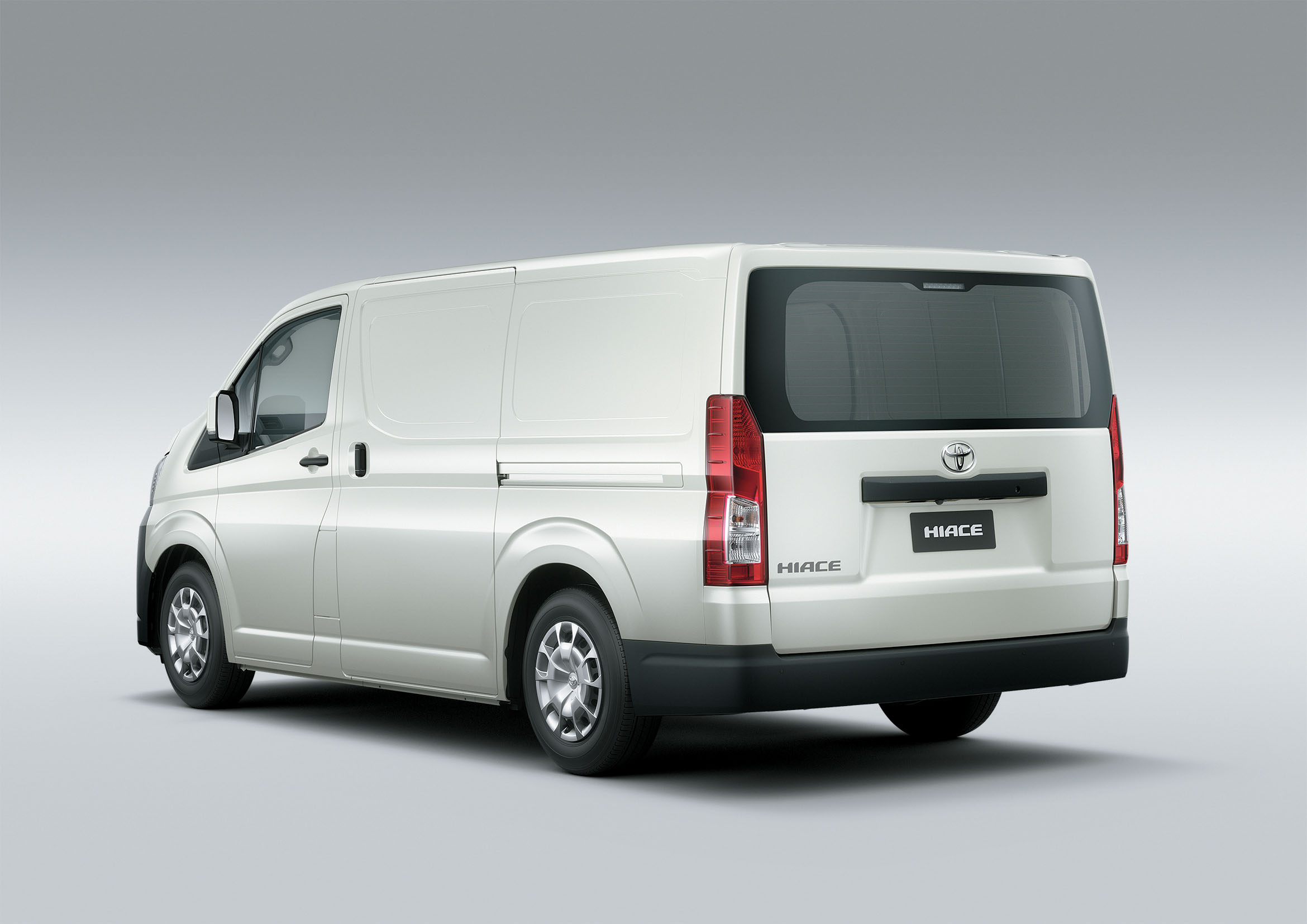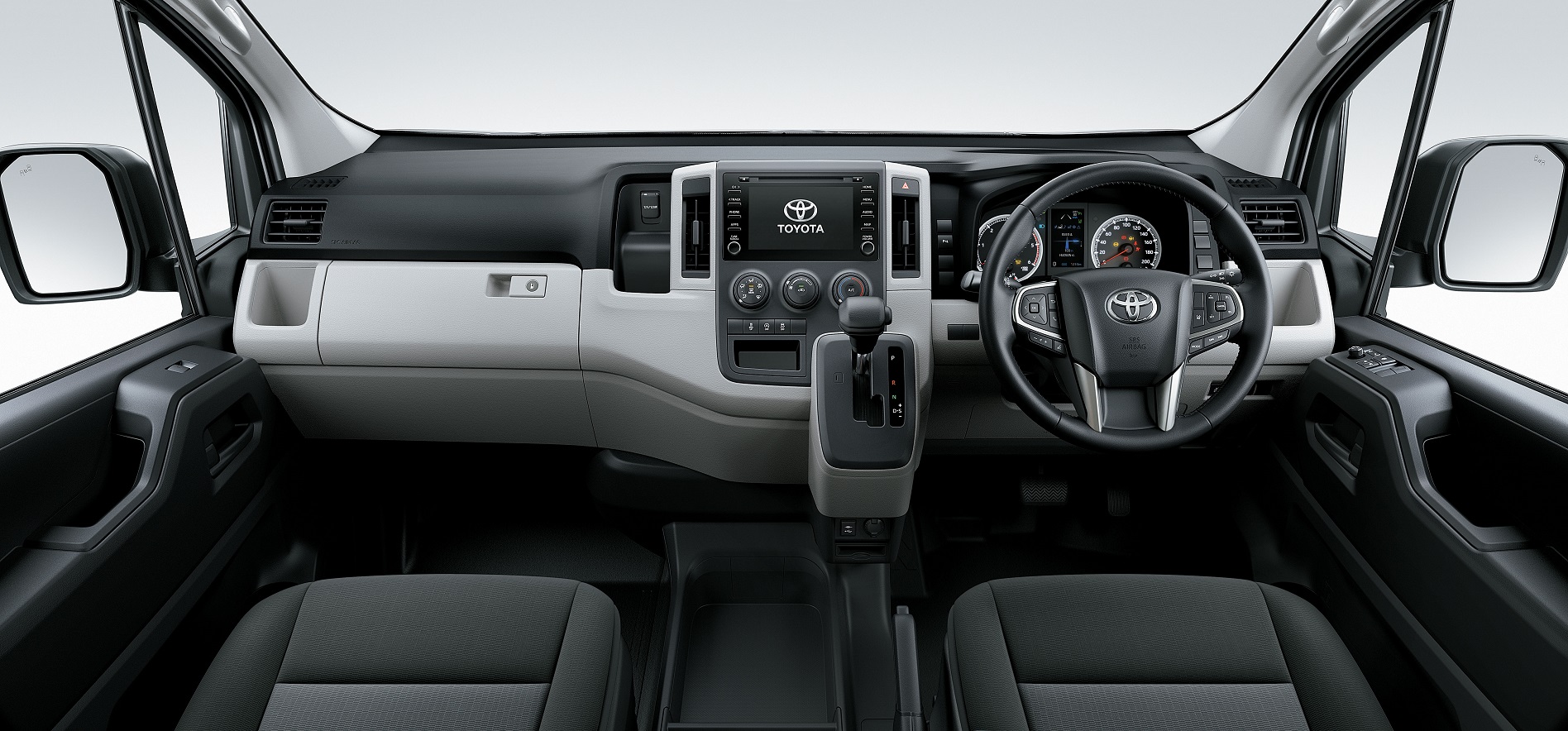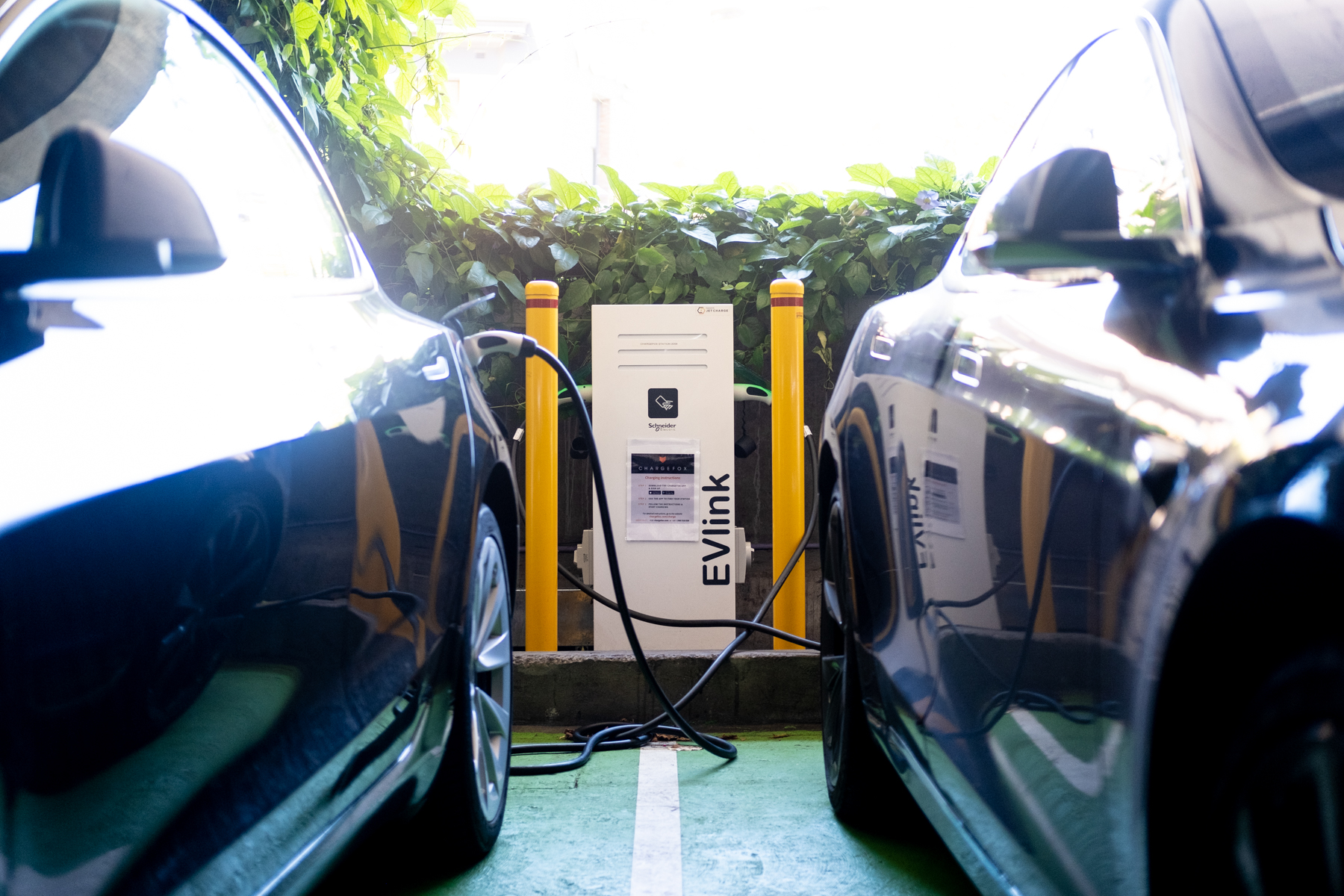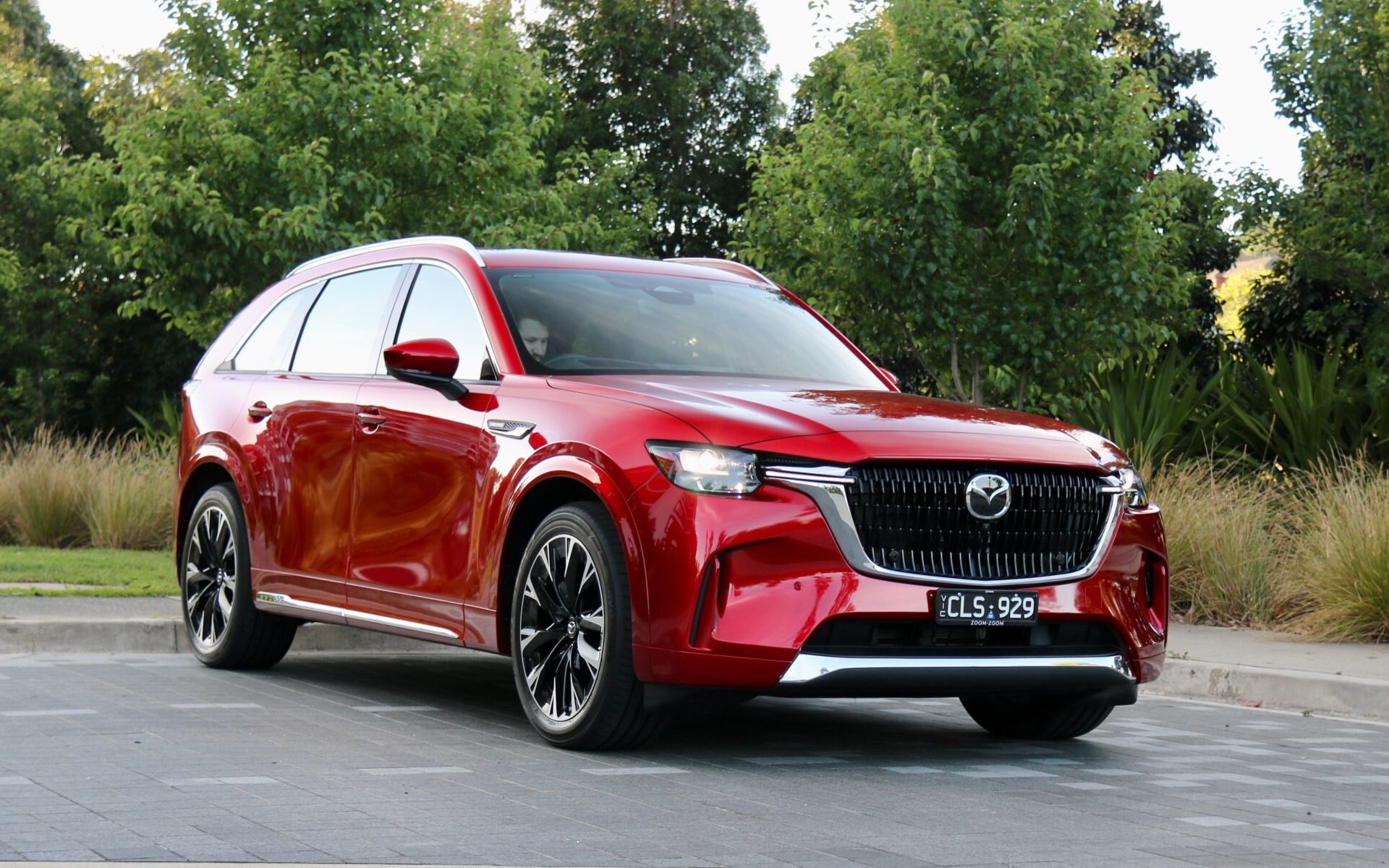
- Gallery above
- New long-nose design Toyota HiAce aiming at five-star safety
- Due here in mid-2019
- HiLux engine will debut in HiAce
Looking decidedly more European than Japanese, the sixth-generation Toyota HiAce van has broken cover sporting an increase in overall dimensions, significantly improved safety equipment and a semi-bonneted profile rather than its traditional cab-over layout.
It’s the first all-new HiAce in 15 years and is set to arrive in Australia mid-year; local specifications and pricing still yet to be announced. It competes against rivals like Hyundai’s iLoad, the Ford Transit and the Renault Trafic.
However, Toyota Australia has at least confirmed that the line-up will continue to encompass two-seat vans in both long wheelbase and super-long wheelbase, along with a five-seater long wheelbase van and a 12-seater commuter bus variant – an identical range to the outgoing fifth-gen model.

For the new generation, Toyota has given the HiAce a cargo capacity of 6.2 cubic metres for the long wheelbase van and 9.3 cubic metres for its super-long wheelbase sibling. That’s a 0.2 cubic metre increase for the former, but a 0.5 cubic metre reduction for the latter.
Wheelbases have been stretched and internal width and height have been increased over the old car (by 215mm and 5mm respectively), but while specific details are still scant the absence of any images of a high-roof van variant suggest that’s why the longest iteration of the new-gen Hiace load-lugger can’t tote as much cargo as the vehicle it replaces.

However, while it can’t ‘bulk out’ quite like its predecessor, the incoming HiAce super-long wheelbase can at least accept an Australian standard pallet (a 1165mm square) via its enlarged sliding side doors – perfect for forklift loading and unloading. Towing capacity has also been boosted by 500kg, with some variants able to lug a maximum of 1900kg of braked trailer.
More significant to some operators, however, will be the boost to the standard safety fit-out. Toyota is confident of a five-star ANCAP score for HiAce, while a collision detection system and autonomous emergency braking (which can detect and avoid both pedestrians and cyclists) will be offered.
A rear-view camera will be standard along with up to nine airbags on passenger-oriented variants, and Toyota will also offer an optional digital ‘rear-view mirror’ to help drivers see through cargo and passengers.
Ergonomics have also been addressed. The semi-bonnet design should afford a more natural seating posture, while the door profile provides a wider step area for driver and front passenger. The glasshouse also extends further down to aid driver vision.

Mechanically, the HiAce adopts a 2.8-litre turbo diesel four-cylinder from the HiLux and Prado and a 3.5-litre naturally-aspirated petrol V6, both available with six-speed manual or automatic gearboxes. The front suspension retains a MacPherson strut layout and the rear also stays with a leaf-sprung live axle.
However, the suspension has been tuned for greater comfort and stability while the leaf springs are now 200mm longer for greater pliancy.
Like its predecessor, the new HiAce will send power to the rear wheels.
Full details and pricing for the sixth-generation Toyota HiAce will be announced closer to its mid-2019 launch.



